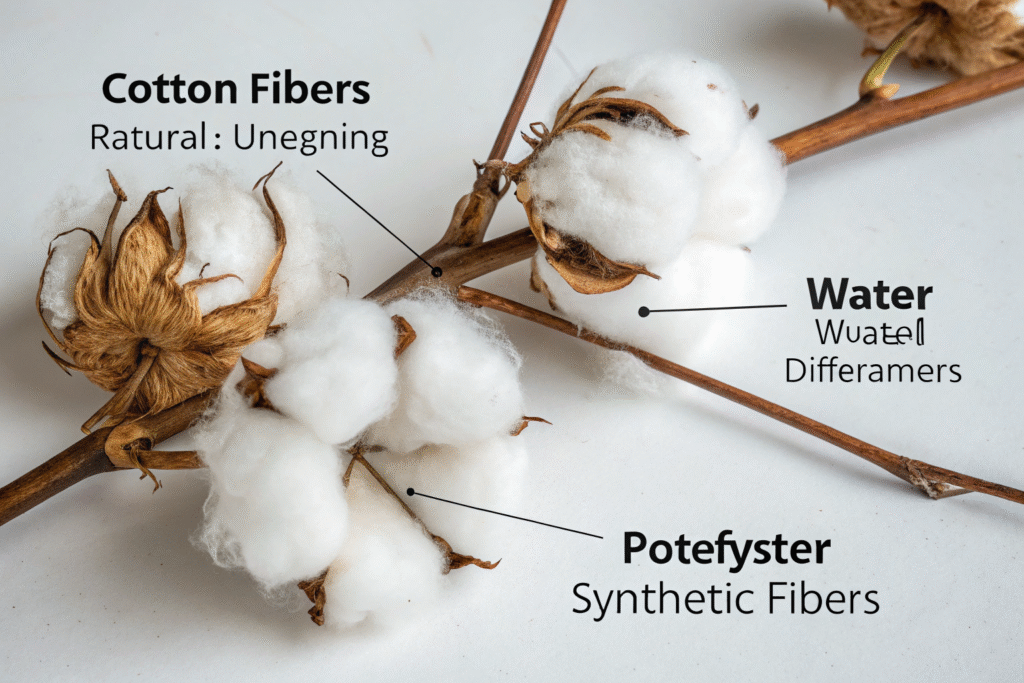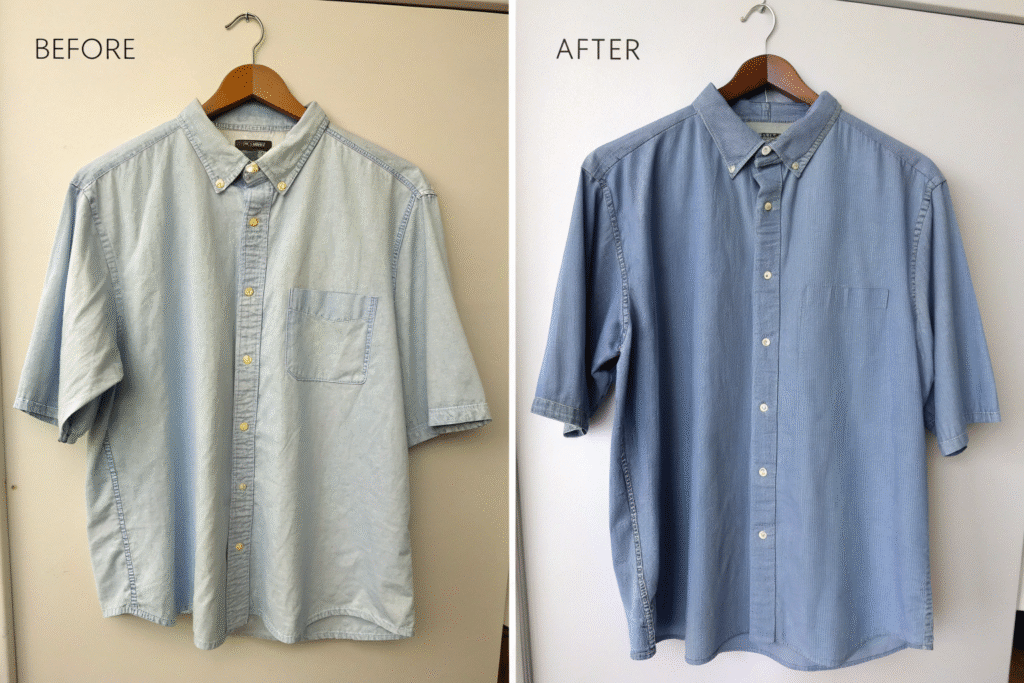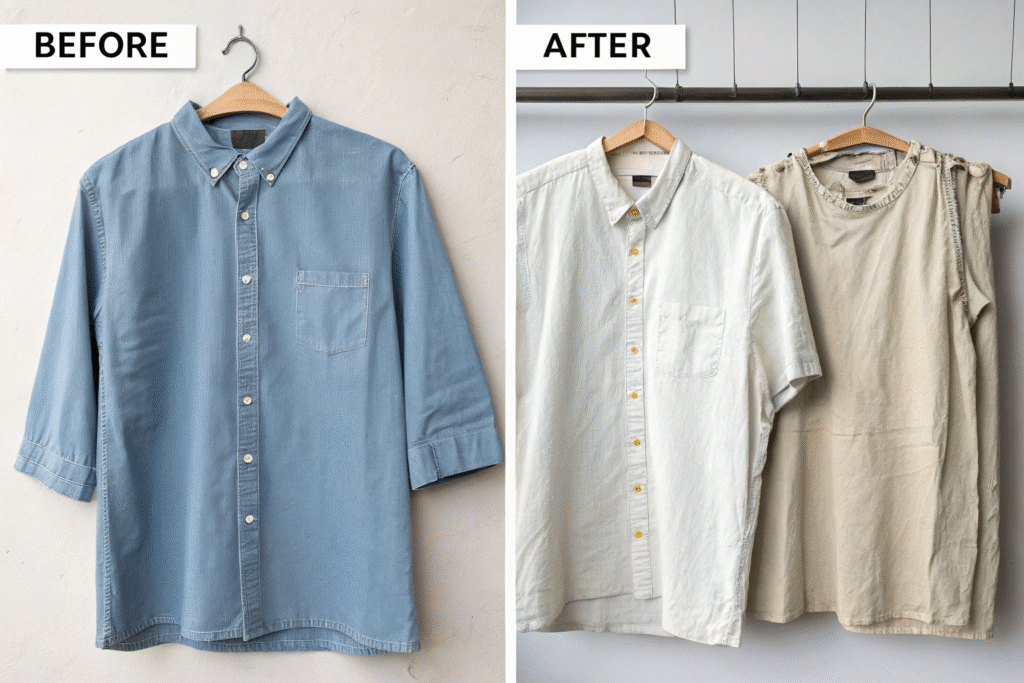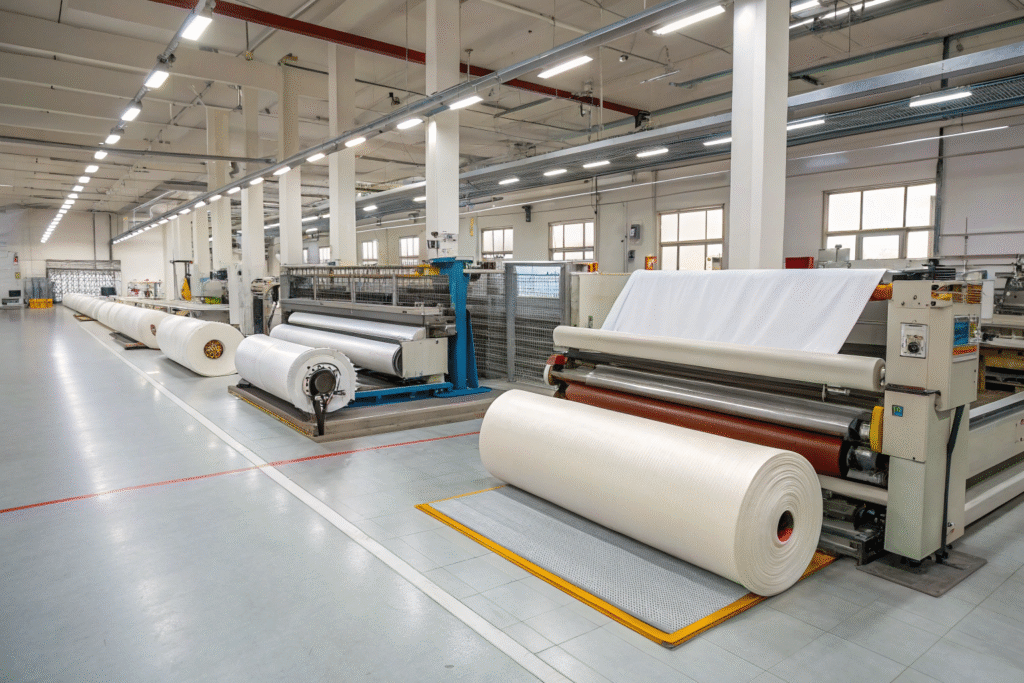Clothing shrinkage is one of the most frequent problems in textiles. While some fabrics are designed to maintain their size, others contract significantly after laundering. Understanding which fabrics shrink the least allows buyers, designers, and consumers to make informed choices.
The fabrics that shrink the least after washing are synthetic fibers such as polyester, nylon, and acrylic, as well as blended textiles that incorporate them. These fabrics resist moisture absorption and maintain their structure better than untreated cotton, wool, or linen.
This article provides a detailed explanation of shrinkage, compares fiber types, and outlines how to reduce dimensional change through both material selection and care methods.
Why does shrinkage occur in fabrics?
Shrinkage results from fiber structure and the effects of moisture, heat, and agitation.
Cellulosic and protein-based fibers absorb water, swell, and contract, while synthetic fibers resist such deformation.

How does fiber type influence shrinkage?
Cotton and wool absorb moisture readily, which causes contraction when dried. Wool fibers in particular interlock due to scales on their surface. In contrast, polyester resists water absorption and maintains its length. More details are explained in fabric shrinkage research and cotton shrinkage studies.
What role do finishing treatments play?
Textile finishing processes stabilize fabrics before they reach consumers. For example, sanforization reduces cotton shrinkage, while heat-setting locks synthetic fibers into place. Learn more at sanforized denim explanation and heat-setting overview.
Which synthetic fabrics shrink the least?
Synthetic fibers dominate in shrink resistance.
Polyester, nylon, and acrylic are dimensionally stable due to their thermoplastic structure and manufacturing processes.

Why does polyester resist shrinkage?
Polyester is extruded and heat-set during production. This thermal stabilization ensures it holds shape even after repeated laundering. More technical data is available on polyester’s dimensional stability and polyester performance properties.
How do nylon and acrylic compare?
Nylon retains elasticity and recovers well from stress, while acrylic offers resistance to shrinkage and wrinkling. Additional insights can be found at nylon applications and acrylic fiber guide.
How do blended fabrics reduce shrinkage?
Blended fabrics combine natural comfort with synthetic stability.
Blends such as cotton-polyester or wool-nylon significantly reduce shrinkage compared to pure natural fibers.

Why are cotton-polyester blends stable?
Polyester fibers limit cotton’s contraction by providing structural stability. This makes blends ideal for uniforms and T-shirts. More details can be found at blended textile directory and cotton-polyester fabric studies.
What about denim with elastane?
Even a small proportion of elastane (2–3%) gives denim resilience and helps it maintain fit. See more about stretch denim innovations and elastane in textiles.
Which natural fibers shrink the most?
Natural fibers are highly prone to shrinkage without treatment.
Cotton, wool, and linen exhibit dimensional change due to moisture absorption and agitation.

Why does cotton shrink easily?
Cotton absorbs water, expands, and contracts as it dries. Without pre-treatment, shrinkage may reach 3–5%. For more, see cotton shrinkage data and cotton care research.
Why is wool particularly vulnerable?
Wool fibers shrink due to felting. The overlapping scales interlock when exposed to heat and motion. Superwash treatments reduce this effect. More details at superwash wool guide and wool shrinkage prevention.
How can shrinkage be minimized through care?
Even shrink-prone fabrics can be managed with proper care.
Cool water, gentle cycles, and air drying significantly reduce shrinkage.

Which washing methods are recommended?
Natural fibers benefit from cool water and gentle cycles. Excessive heat accelerates shrinkage. Learn more at laundry care symbols guide and textile washing practices.
Why is air drying effective?
Air drying reduces stress compared to tumble drying at high heat. Additional guidance at Energy Star fabric care tips and consumer laundry advice.
What finishing treatments prevent shrinkage?
Industrial treatments increase stability before fabrics reach buyers.
Sanforization, mercerization, and heat-setting significantly reduce post-laundering shrinkage.

What is sanforization?
Sanforization is a controlled compression process that stabilizes cotton, especially denim. More at sanforized denim explanation and cotton shrinkage treatment.
How does heat-setting stabilize synthetics?
Synthetic fabrics are set at high temperatures to lock molecular structure. This prevents distortion during washing. Learn more at heat-setting process and polyester heat stability research.
Conclusion
Shrinkage is influenced by fiber type, blends, finishing, and care. Polyester, nylon, and acrylic shrink the least, while untreated cotton and wool shrink the most. Blends provide a balance of comfort and stability, and industrial finishes add further protection.
For professionals and buyers, selecting shrink-resistant fabrics reduces product returns and enhances customer satisfaction.
At Shanghai Fumao, we supply a wide range of shrink-resistant fabrics, including synthetics, blends, and pre-treated naturals. With strict quality control and sustainable certifications, we support global clients in apparel manufacturing. For orders or product development, contact our Business Director Elaine at elaine@fumaoclothing.com. We ensure efficiency, compliance, and reliable logistics worldwide.










